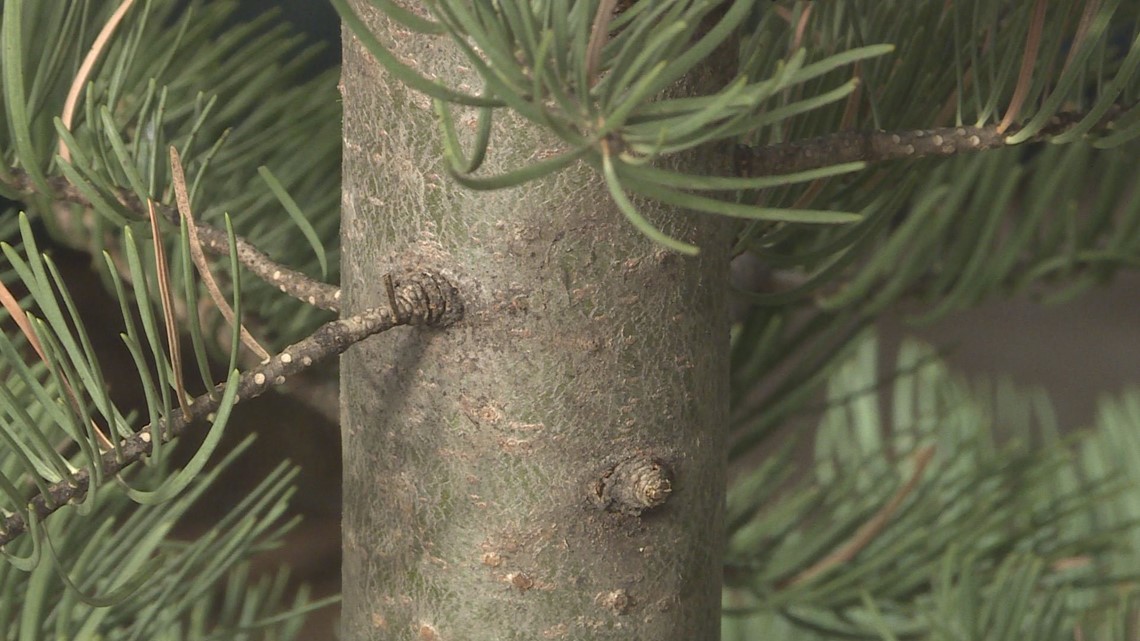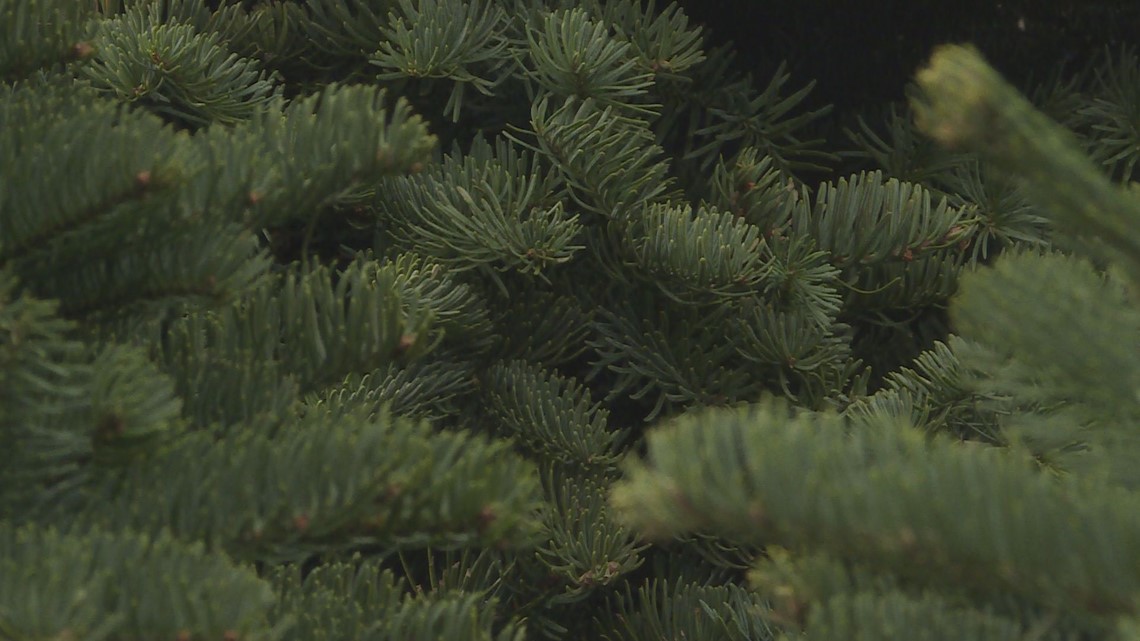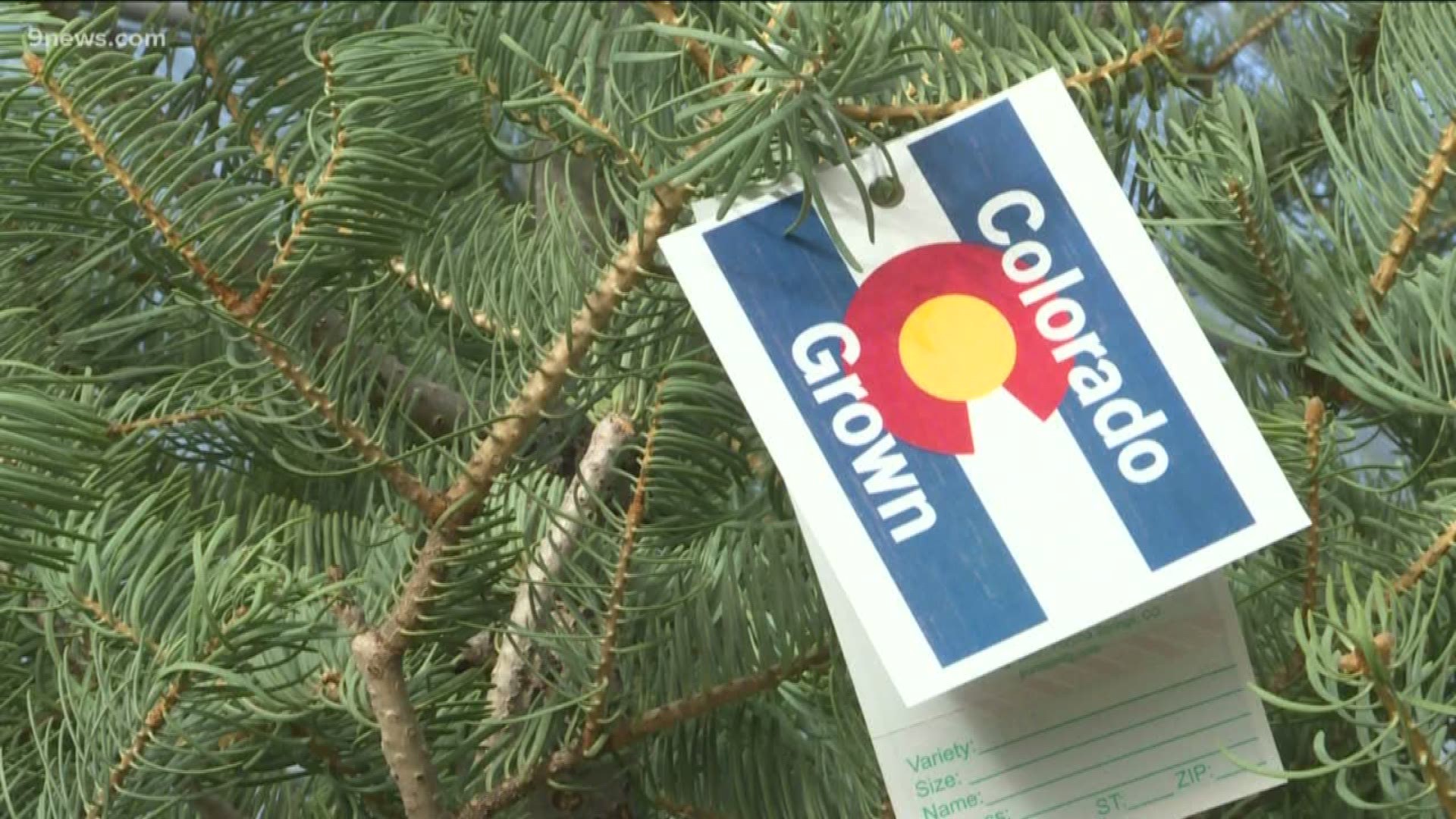DENVER — Not all trees that are farmed for Christmas are the same. They have different shapes, branching habits, colors and even fragrance.
Three of the most popular are all species of fir--the Frasier, noble and concolor. Your personal taste has much to do with which one you select. It depends on whether you prefer a compact branching habit such as the Frasier fir, or a more open habit of the noble and concolor firs for dangling ornaments.
All trees shed their needles. You can mitigate this problem by selecting a fresh tree that shows little needle drop. Have the vendor make a fresh cut at the base of the trunk (or do it yourself) and get it into a substantial stand of water as soon as possible. Keep the stand filled with water so that the tree can "drink."


In addition, spray the tree thoroughly with an anti-dessicant. This will help seal in moisture. Keep the tree away from heat vents that can dry it out.
Garlands and wreaths should also be sprayed to keep them fresh and prevent needle drop.
If you buy a living tree, keep it in a shaded location protected from wind. Keep it watered. Living Christmas trees can only stay indoors for a few days. Otherwise they will break their winter dormancy. Dig the hole now. Store the soil in the garage so it won't freeze. Plant the tree as soon as you take it back outside. Water it well and keep it watered during dry spells in winter. Form a large earthen moat around the base so it can collect and hold moisture.
After Christmas, don't send your tree to the dump. Many municipalities offer recycling programs. I prefer to cut off all the branches and spread them over perennial beds. They trap snow to provide moisture. The needles will fall. These, in turn, enrich the soil so that your tree lives on.


SUGGESTED VIDEOS | Feature stories

